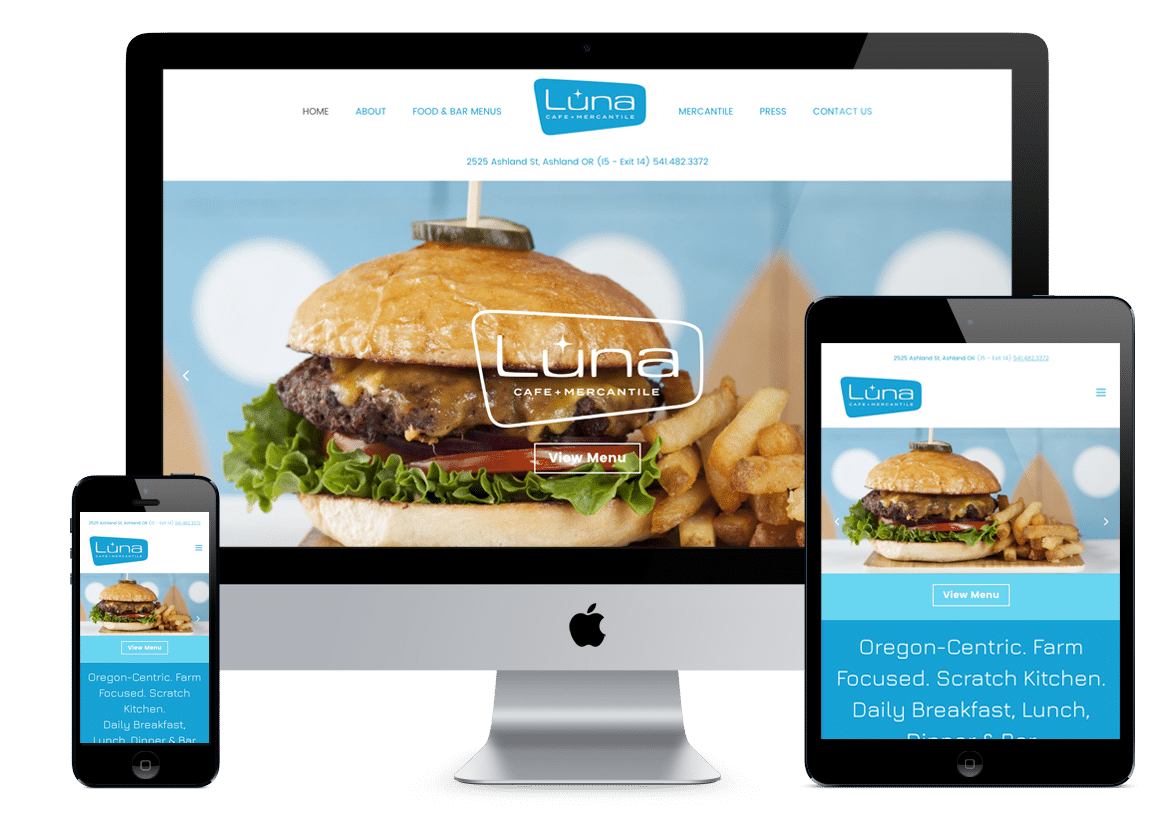In today’s fast-paced digital world, staying up to date with the latest web design trends is crucial for businesses and individuals alike. However, as technology and design evolve rapidly, it’s equally important to be aware of outdated web design trends that can hinder user experience and hinder your online presence. In this article, we will explore some common web design practices that have become obsolete, and discuss why it’s essential to let go of these outdated trends to create a more engaging and effective website. So, let’s dive in and discover how leaving behind these old-fashioned web design techniques can give your online presence a much-needed boost.
Discover the web design trends of the past that you should avoid. Stay updated and create modern, user-friendly websites. From cluttered layouts to excessive animations, these outdated practices hinder your site’s performance. Instead, focus on minimalism, responsive design, and intuitive navigation for a seamless user experience. Embrace current design trends like microinteractions, bold typography, and vibrant color schemes to make your website shine. Keep your website current and leave those outdated web design trends behind.

Source: kelleyconnect.com

Source: amazonaws.com
1. What are outdated web design trends?
Outdated web design trends refer to design elements, features, or styles that were once popular but have fallen out of favor due to changes in technology, user preferences, or industry standards. These trends may include outdated color schemes, excessive use of Flash animations, cluttered layouts, or complex navigation structures.
It is important to keep up with current design trends to ensure that your website remains visually appealing and user-friendly. Outdated design trends can make your website appear unprofessional, difficult to navigate, and may negatively impact user experience.
2. Why should I avoid using outdated web design trends?
Avoiding outdated web design trends is crucial for several reasons. Firstly, using outdated design elements can make your website look old-fashioned and unappealing to users. In today’s fast-paced digital world, users have high expectations for modern, visually pleasing websites.
Secondly, outdated design trends may negatively impact your website’s functionality. For example, excessive use of Flash animations can slow down page load times and may not be supported on mobile devices. Complex navigation structures can confuse users and make it difficult for them to find what they are looking for.
Lastly, using outdated design trends can harm your website’s search engine optimization (SEO). Search engines prioritize websites that provide a good user experience, and outdated design elements can hinder this. By staying up-to-date with current design trends, you can improve your website’s visual appeal, functionality, and SEO performance.
3. What are some examples of outdated web design trends?
Some examples of outdated web design trends include:
- Cluttered layouts with too much information on a single page
- Excessive use of Flash animations
- Busy backgrounds and patterns that distract from the content
- Overuse of gradients and shadows
- Small, difficult-to-read fonts
- Auto-playing audio or video
These design trends were popular in the past but are now considered outdated and can negatively impact the user experience on your website.
4. How can I identify if my website has outdated design elements?
To identify if your website has outdated design elements, you can perform a thorough review of your website’s visual elements, layout, and functionality. Look for design elements that were popular in the past but have since fallen out of favor.
You can also seek feedback from users or consult with a professional web designer or agency. They can provide an objective assessment of your website’s design and identify any outdated elements that need to be updated.
Regularly staying informed about current design trends through industry resources, blogs, and design forums can also help you identify outdated design elements on your website.
5. How can I update my website to remove outdated design trends?
Updating your website to remove outdated design trends involves several steps:
- Perform a thorough audit of your website to identify outdated design elements.
- Research current design trends and best practices.
- Revise your website’s color scheme, typography, and layout to align with modern design trends.
- Simplify navigation and improve user experience by making it easier for users to find information.
- Remove any excessive or unnecessary animations, images, or videos that may slow down page load times.
- Ensure your website is mobile-friendly and responsive, as mobile browsing is increasingly popular.
Consider working with a professional web designer or agency to ensure your website is updated effectively and efficiently.

Source: kelleyconnect.com
Frequently Asked Questions
Welcome to our FAQ section on outdated web design trends! In this section, we’ll address some common questions related to web design practices that have become outdated. Whether you’re a web designer looking to stay up-to-date or a business owner wondering if your website needs a makeover, we’ve got you covered. Take a look at these insightful Q&A pairs to learn more about outdated web design trends and how they can impact your online presence.
1. Why should I be concerned about outdated web design trends?
Keeping up with current web design trends is important for several reasons. First, outdated design elements can make your website look unprofessional and out of touch, leaving a negative impression on visitors. Second, outdated design practices may not be optimized for modern devices, such as smartphones and tablets, leading to a poor user experience. Lastly, search engines like Google prioritize websites with modern design elements, so an outdated website may struggle to rank well in search results.
By staying aware of and adopting current web design trends, you can ensure your website remains visually appealing, user-friendly, and optimized for search engines, helping you attract and retain more visitors.
2. What are some signs that my website’s design may be outdated?
There are several indicators that your website’s design may be outdated. First, if your website uses excessive Flash animation, it’s a clear sign of outdated design since Flash is no longer supported by most modern browsers. Another sign is cluttered and crowded webpages with lots of text-heavy content, which can overwhelm visitors. Additionally, if your website uses small and hard-to-read fonts, it may be time for an update since larger fonts are now preferred for better readability.
Other signs of outdated web design include a lack of responsive design, which means your website doesn’t adapt well to different screen sizes, and outdated color schemes that don’t align with current design trends. If you notice any of these signs on your website, it’s a good idea to consider updating your design to give it a fresh, modern look.
3. How can I incorporate current web design trends into my website?
When incorporating current web design trends into your website, it’s important to remember that trends can change quickly, so focus on timeless design principles instead of chasing every fleeting trend. Start by researching current design trends and analyzing successful websites in your industry for inspiration.
Some popular current trends include minimalist designs, mobile-friendly layouts, and intuitive navigation. Consider simplifying your website’s layout, optimizing it for mobile devices, and using clear and easy-to-use navigation menus. Updating your color scheme, using high-quality visuals, and incorporating whitespace can also give your website a modern and fresh look. Lastly, prioritize user experience by making sure your website loads quickly, has clear call-to-action buttons, and provides valuable content.
4. Are there any design elements that are always considered outdated?
While design trends come and go, there are a few design elements that have become universally recognized as outdated. One example is the excessive use of stock photos that lack authenticity and uniqueness. Using too many stock photos can make your website appear generic and impersonal. Another outdated design element is auto-playing music or videos, which can be annoying and disruptive for visitors.
Additionally, using complex and intricate backgrounds that distract from the main content has fallen out of favor. Flashy and excessive animations, such as spinning logos or flashing banners, are also considered outdated. Lastly, using long and complicated forms that require excessive information can deter visitors from engaging with your website. To maintain a modern and user-friendly website, it’s best to avoid these outdated design elements.
5. How often should I update my website’s design to avoid it becoming outdated?
While there’s no fixed timeframe for updating your website’s design, it’s a good idea to periodically assess its visual appeal, functionality, and alignment with current design trends. As a general guideline, consider reviewing your website’s design every 2-3 years or whenever there’s a major shift in design practices or technology.
However, it’s important to note that design updates don’t always mean starting from scratch. Sometimes, minor tweaks and adjustments can help keep your website fresh and modern. Regularly monitoring industry trends, staying attuned to user feedback, and evaluating your website’s performance can help you determine when it’s time to update your design and avoid falling behind with outdated web design trends.
Web & UI Design Trends for 2024
Conclusion
In conclusion, it is evident that outdated web design trends can have a detrimental impact on a website’s usability, functionality, and overall user experience. The use of excessive animations and flash-based elements not only slow down the loading speed but also distract and annoy users. Additionally, cluttered layouts with too many elements and overcrowded navigation menus can confuse and frustrate visitors, leading to high bounce rates.
Moreover, the use of outdated design trends such as skeuomorphism and excessive gradients can make a website look outdated and unprofessional. With the advent of flat design and minimalism, users now expect clean and simple interfaces that prioritize content and ease of navigation. Furthermore, the lack of responsiveness in outdated designs can be a major drawback in today’s mobile-driven world, where users expect seamless experiences across different devices.
To stay relevant and provide a positive user experience, it is crucial for web designers to keep up with current design trends and adapt their websites accordingly. By embracing modern practices such as mobile responsiveness, minimalism, and intuitive navigation, websites can ensure that they not only attract but also engage and retain users. It is essential to regularly update and redesign websites to meet the evolving expectations of users and to ensure that the website remains a valuable and effective tool for businesses and individuals alike.




